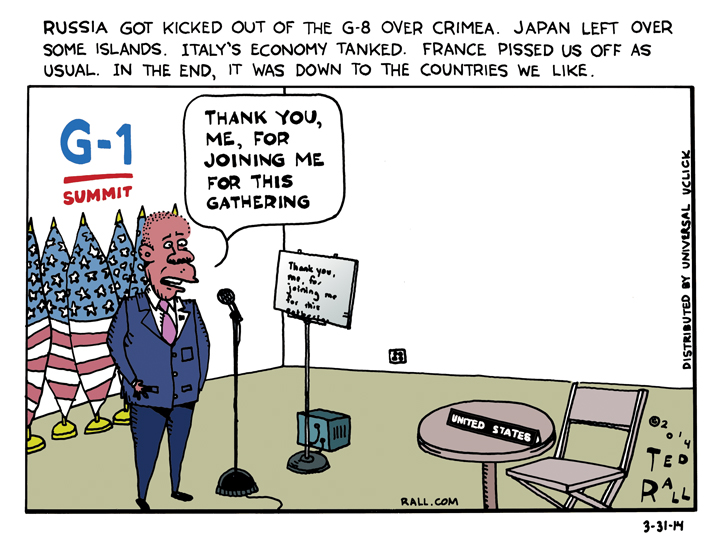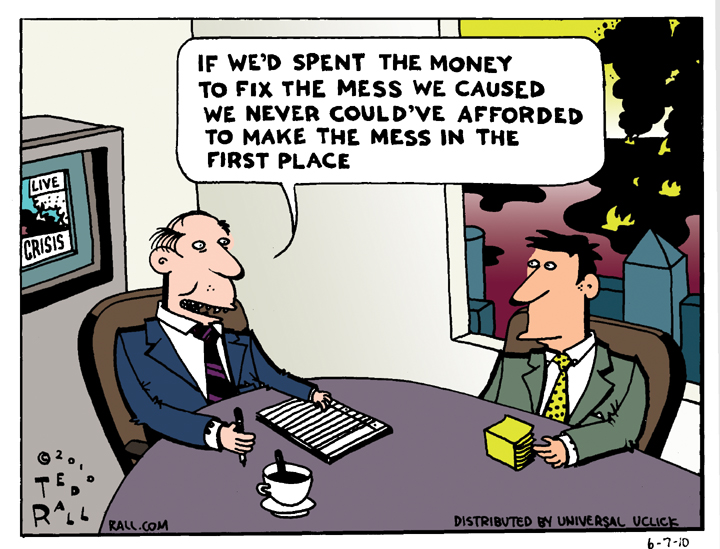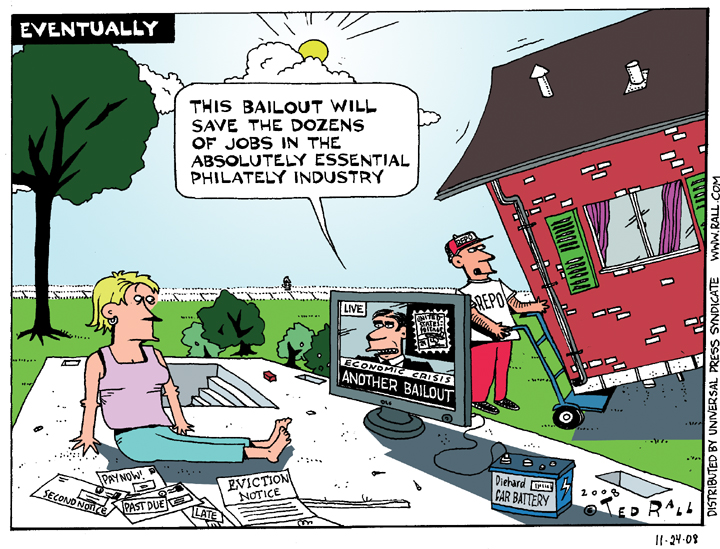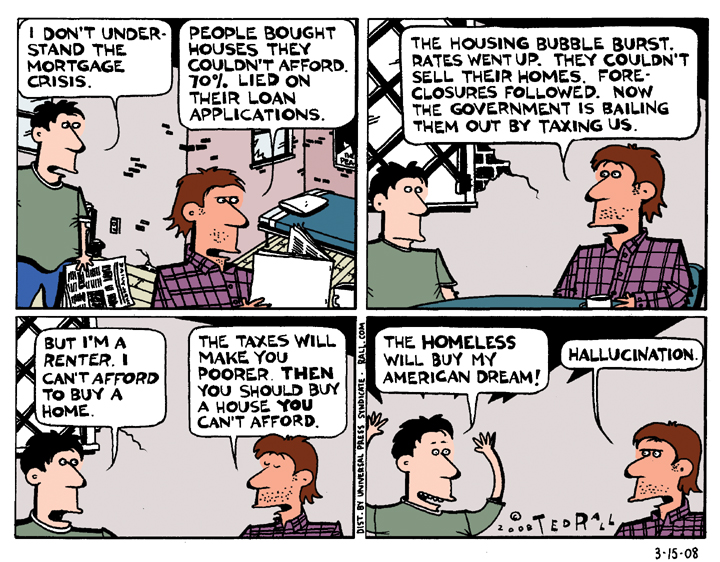
Americans don’t expect much from their government. But even by the standards of a nation with one of the flimsiest social safety nets in the Western world, the inability and unwillingness of both major political parties to manage and solve the crisis caused by the coronavirus pandemic is shocking.
President Trump’s lack of leadership is well documented elsewhere so I won’t go into detail here. Democrats aren’t blameless; the DNC-engineered pre-Super Tuesday soft coup against Bernie Sanders replaced a frontrunner whose prescient ideas were tailormade for this crisis with a babbling dolt without an original thought in his foggy brain.
Congress is squabbling over an economic stimulus package as if they had all the time in the world. My favorite part was Mitch McConnell letting the Senate take the weekend off. Hey, Japan, not cool about Pearl Harbor but we’ll get back to you about declaring war in a week or whatever. Meanwhile, experts predict that unemployment could go as high as 30%, significantly worse than the depth of the Great Depression.
But now is not the time to cast blame. The ship is sinking. We can make the captain walk the plank later. Right now we have to fix the problem.
First, we have to save lives.
Trump says he doesn’t want to “nationalize” American companies. Actually, no one’s suggesting that. But they should. This is still a spectacularly wealthy nation with incredible resources and brilliant entrepreneurs. Shortages of face masks, testing kits, ventilators, rubbing alcohol and so on are inexcusable. The federal government must immediately requisition factories, hire workers directly and place manufacturing of needed supplies on an emergency war footing. If a company is already set up to make something we need yet refuses to do so, it should be nationalized and put to work for the American people.
In the fight against COVID-19, the biggest danger to the privileged is the poor health of the underprivileged. You can hunker down in the Hamptons but your newly-purchased freezer full of hoarded steaks won’t protect you from infection as long as others are too vulnerable to protect themselves. Some of the 17 million vacant homes in the United States should be immediately seized to house America’s half a million homeless and other vulnerable populations. The vast majority of prisoners, many of whom are awaiting trial, convicted of minor offenses or convicted of serious crimes but safe to release, should be immediately released from facilities whose conditions create cesspools of contagion.
Healthcare must be free. Hospitals and doctors should send their bills to the government. That debate, along with the canard that we have the best healthcare system in the world, is obviously over.
Second, we have to save the economy.
I’m not normally one to agree with Thomas Friedman, but he’s right when he points out that economic collapse will kill people on a scale on par with COVID-19: “Either we let many of us get the coronavirus, recover and get back to work—while doing our utmost to protect those most vulnerable to being killed by it. Or, we shut down for months to try to save everyone everywhere from this virus—no matter their risk profile — and kill many people by other means, kill our economy and maybe kill our future.”
I don’t think we really need to “let” many of us get the coronavirus. That has already happened.
News coverage that emphasizes test results is an idiotic distraction. Roughly 1/10 of 1% of American citizens have been tested. We know nothing about the COVID-19 status of 99.9% of the population. We don’t call elections based on 0.1% of the poll results and we can’t draw real conclusions from the testing so far.
However, there is reason to believe that many, many people have already had it.
Roughly one out of five people who get the coronavirus will never know it because they are asymptomatic. COVID-19 was first identified in early December in Wuhan, China. Although the median incubation period is 5 days, it can be as long as 11 days. That means we are talking about a pandemic that dates back to late November 2019.
When did it arrive in the United States? Probably in a day or two, the amount of time it took for one asymptomatic and/or incubating carrier—people like this account for about 10% of new infections—to board a plane and fly across the Pacific Ocean. Roughly 10,000 people a day flew from China to the United States at that time.
This is not a new thing—and you should feel good about that.
Let me explain.
The number of new cases in the U.S. has been doubling about every three days. Get a calculator and start multiplying by two: 2, 4, 8, 16, 32, 64, 128, 256, 512, 1024. That’s 10 three-day periods, aka the month of December. Keep going. By the end of January you’re at over a million. By February, a billion. The U.S. population is about 330 million. So when New York governor Andrew Cuomo says that 40 to 60% of the population is going to get the coronavirus, he’s being conservative.
The rate of transmission will stop increasing exponentially at some point. Some patients will die. The virus will run out of new Americans to infect. But mostly, we are going to recover and emerge with full or partial immunity to COVID-19. Many, many Americans have already had coronavirus, recovered, and are now fine.
Must they stay at home too? Maybe not. The U.S. government must pull out all the stops to test everyone, not just for current infection, but for past infection. A team at Mount Sinai Hospital in New York has developed a promising test for acute respiratory syndrome coronavirus 2 (SARS-CoV-2) that lets you know if you’ve ever had it. We don’t know if it’s possible to be reinfected by coronavirus or, if so, whether a second bout would be equally or less severe. But there are promising signs that the human immune response can tackle COVID-19.
If COVID-19 patients can emerge with total or near total immunity to the strain, they can help people who are sick. There’s no risk of them transmitting the infection or of contracting it. They are the key to restarting our economy. We can’t waste a moment finding those people and getting them back to work.
Third, we have to save people’s individual economies.
As we saw after the 2008-09 Great Recession, there’s not much point saving banks or corporations or the stock market without targeting individual American citizens for direct relief. Bernie Sanders has proposed that the United States Treasury pay out $2000 per person per month until the end of the coronavirus crisis. Sounds right.
Republicans want an absurd regressive form of means testing—the poorer are you are, the less you would receive. Saying they don’t want to subsidize millionaires, Democrats like Nancy Pelosi also want means testing but from the other direction.
Both are ridiculous. There’s no time for detailed analysis or a new government bureaucracy to determine who gets what. Checks and wire transfers need to go out yesterday. So what if Bill Gates gets one?
It’s time to act, not to blame. But if there’s no action or if the action is late and/or insufficient, there will be plenty of blame to go around. And there will be no limit to the rage of the survivors who are suffering against politicians who did not do what was needed to be done.
(Ted Rall (Twitter: @tedrall), the political cartoonist, columnist and graphic novelist, is the author of the biography “Bernie.” You can support Ted’s hard-hitting political cartoons and columns and see his work first by sponsoring his work on Patreon.)







